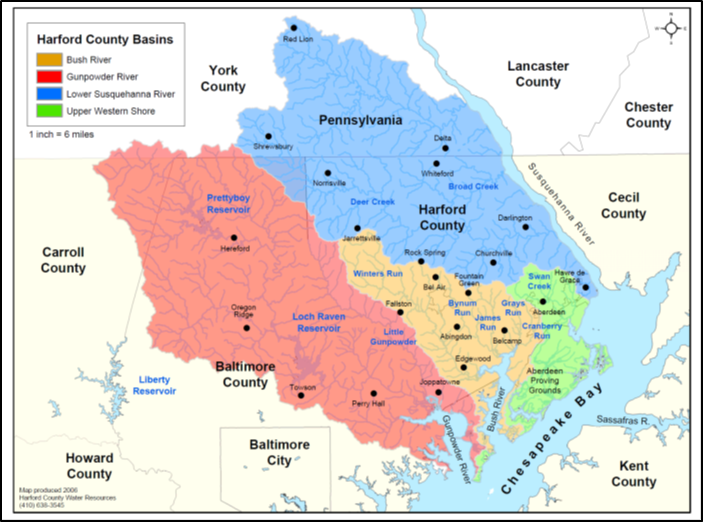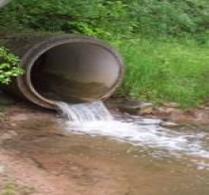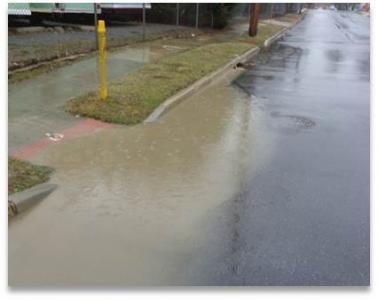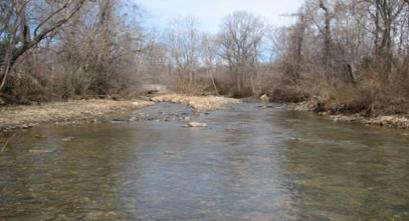1. What is Stormwater?
What is Stormwater and Why is it Regulated?
Stormwater is precipitation that produces runoff that travels over land, pavement, roof tops, and other surfaces. Some of the stormwater is absorbed by the ground and doesn’t flow into streams, rivers, and lakes. The stormwater that does reach surface water eventually drains through a system of conveyances, such as inlets, swales, and pipes, which is discharged through an outfall. This stormwater may contain pollutants that it picks up along the way, such as sediment, oil, chemicals, nutrients, metals, and bacteria. It is important to understand that, unlike sanitary sewer, stormwater never gets to a treatment plant and it discharges directly into water bodies.
The US Environmental Protection Agency (EPA) requires that certain urbanized municipalities and state and local governments address the quality of stormwater and obtain a permit to discharge stormwater through a program called the National Pollutant Discharge Elimination System (NPDES). NPDES regulations contain limits on what can be discharged, and require the permittees to develop programs that manage stormwater quality and monitor and assess their effectiveness.
Watershed
A watershed is an area of land that drains all the streams and rainfall to a common body of water.
The City of Aberdeen is located in the Upper Western Shore Basin, which drains to the Chesapeake Bay Watershed.





